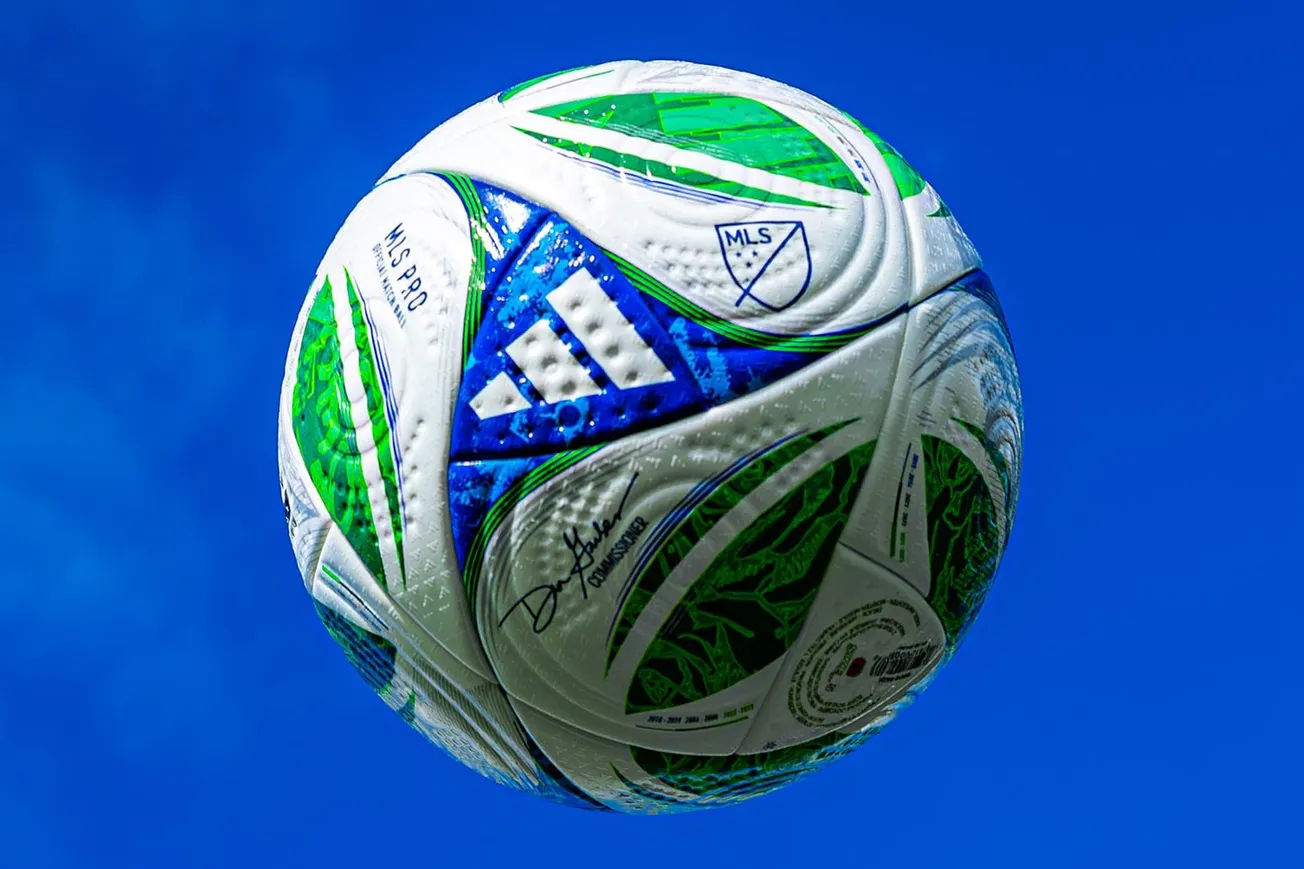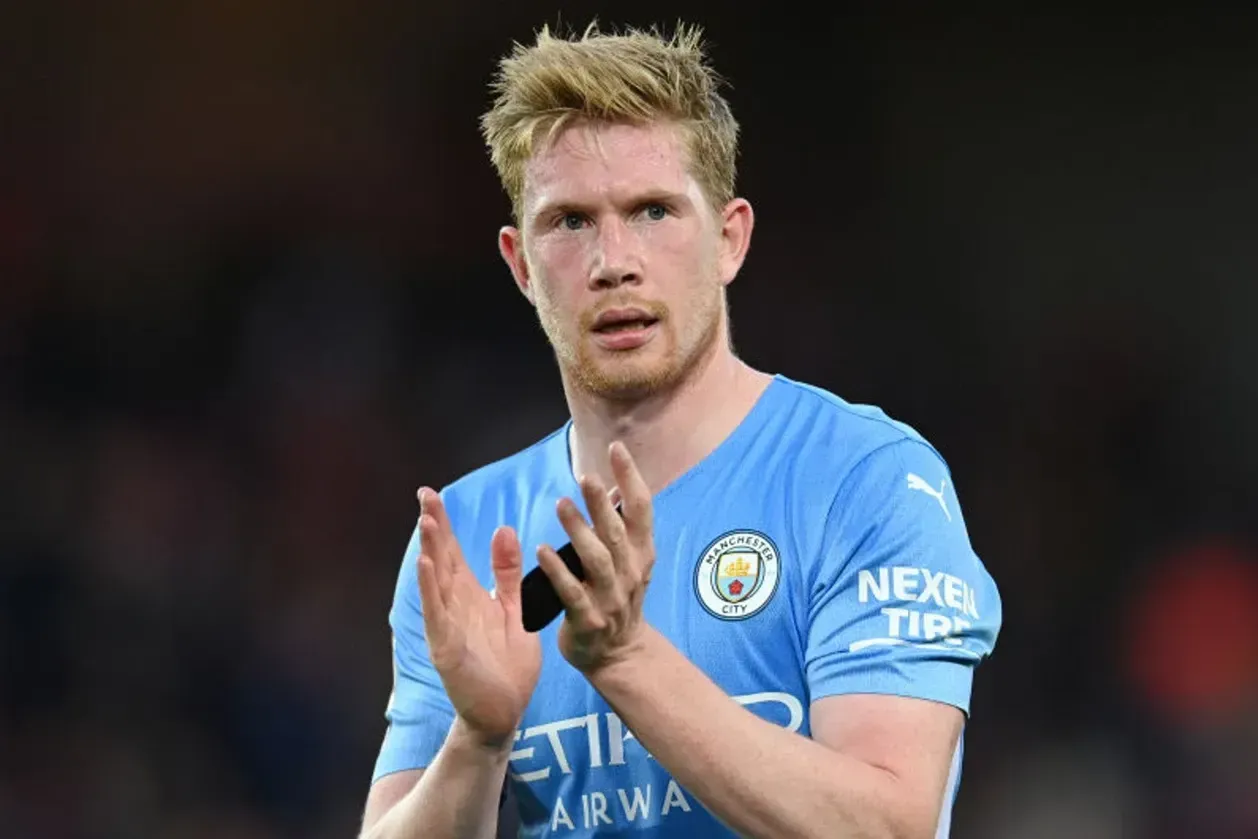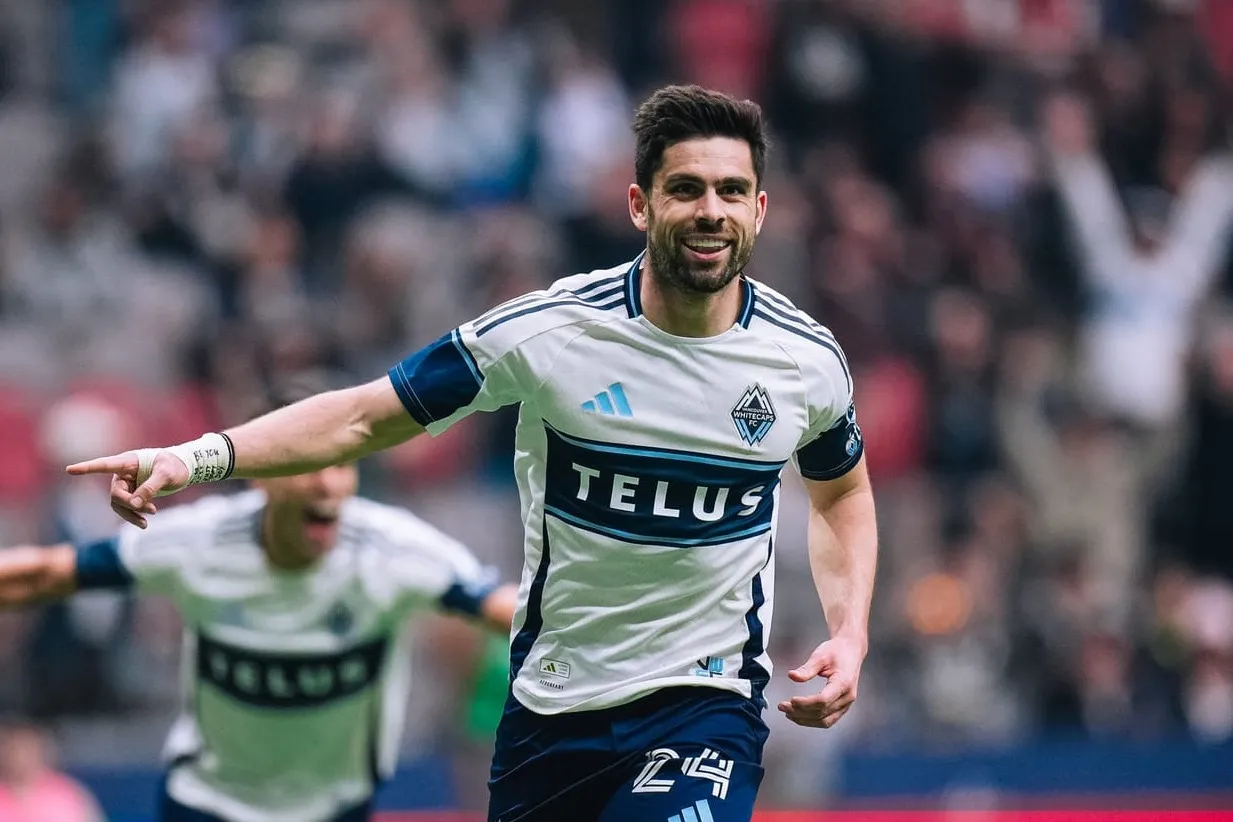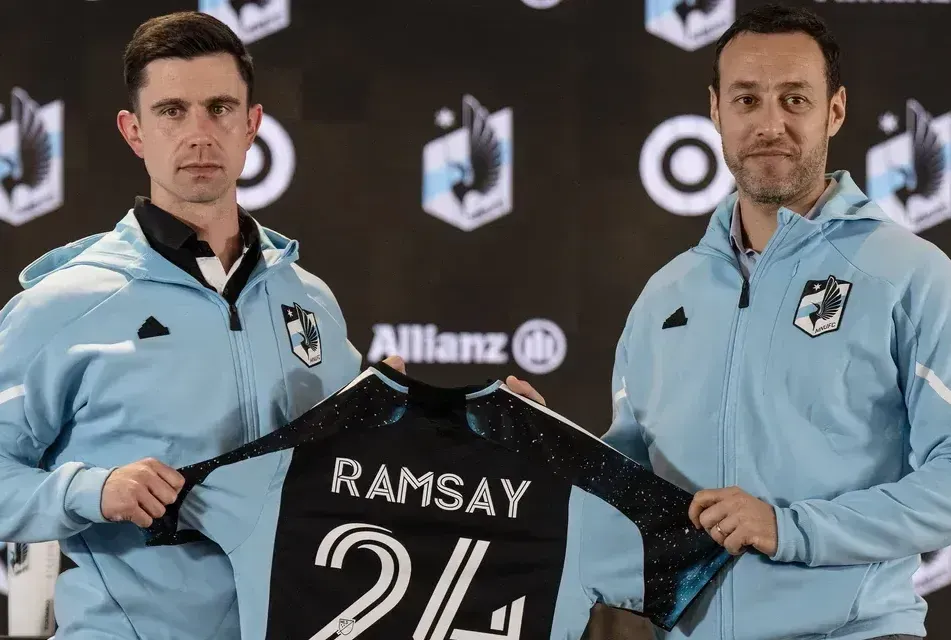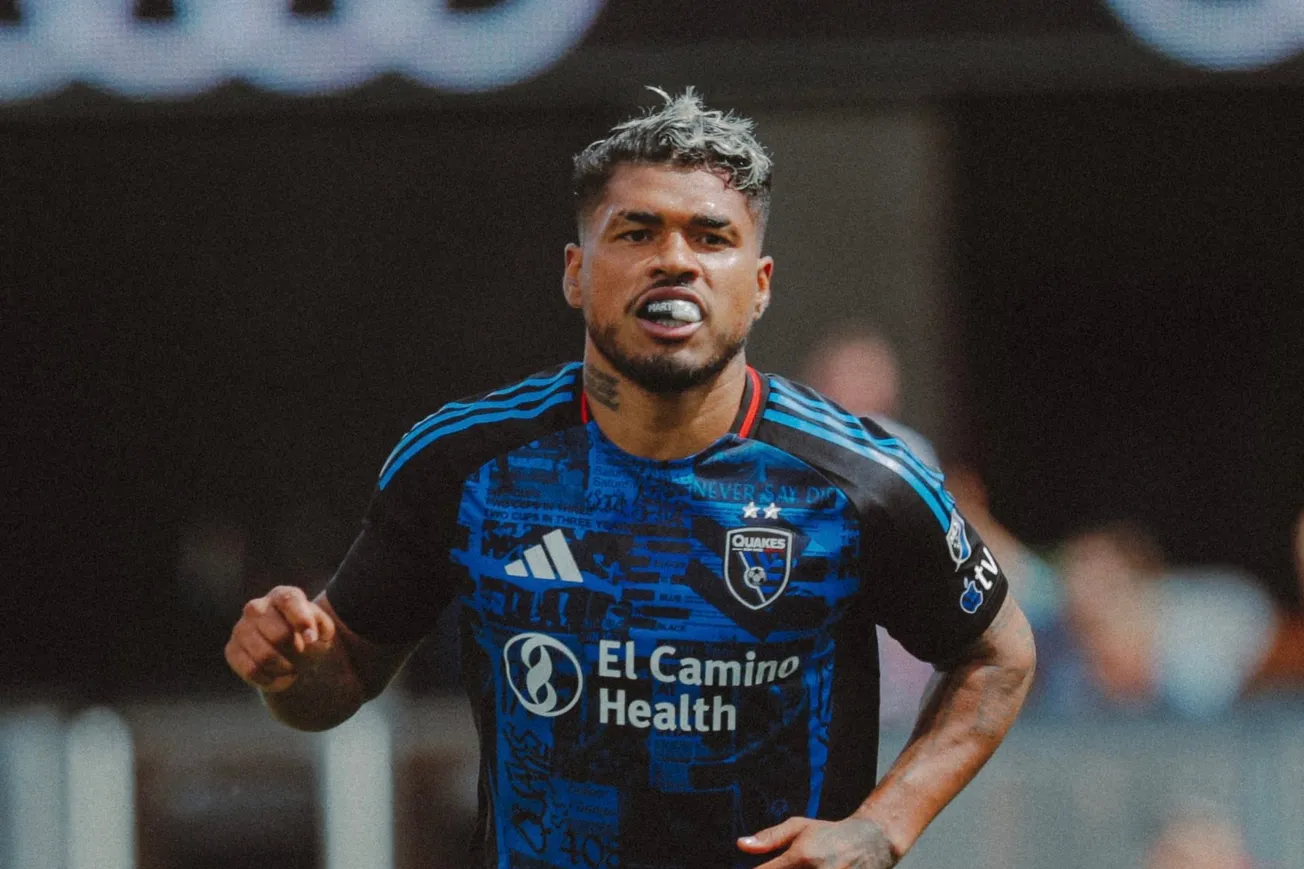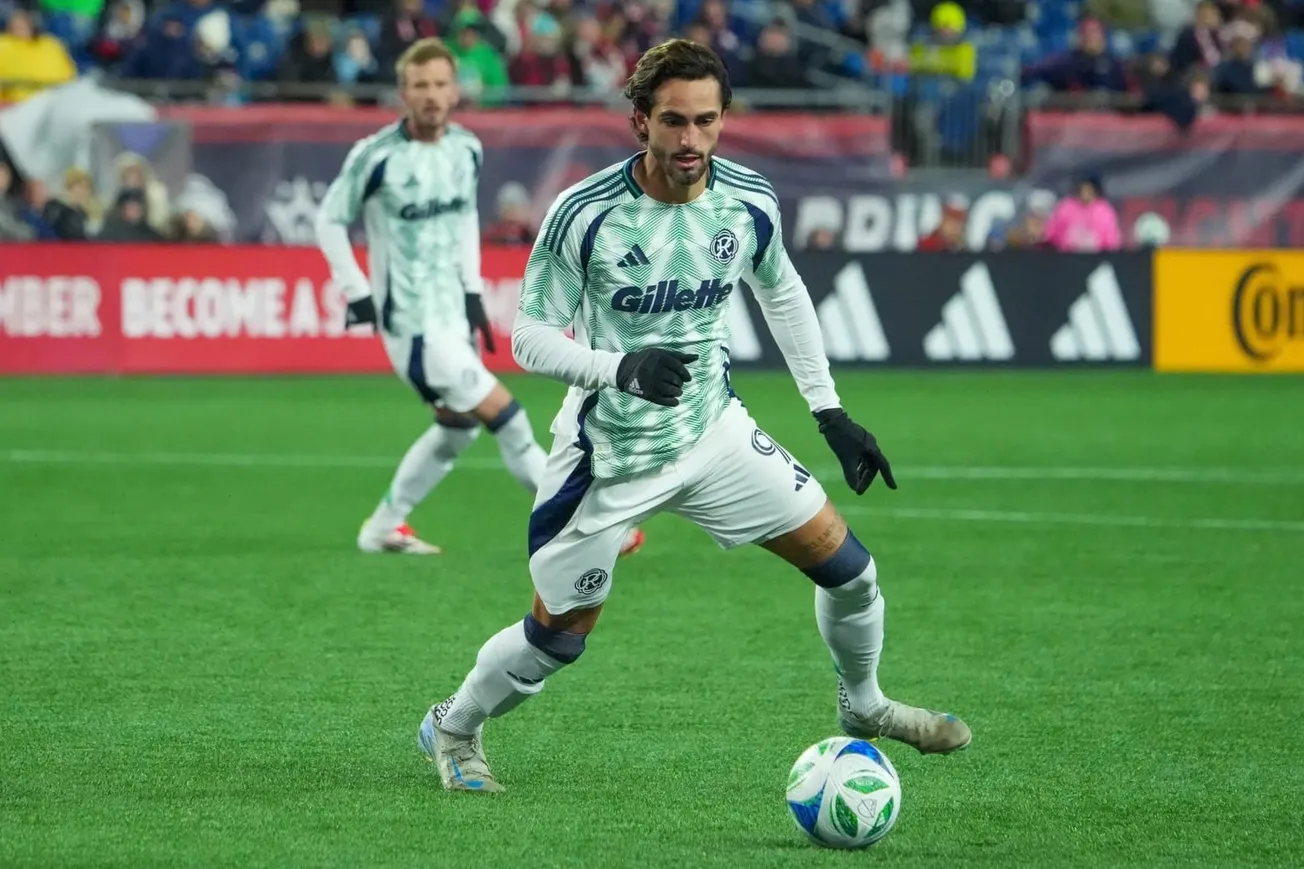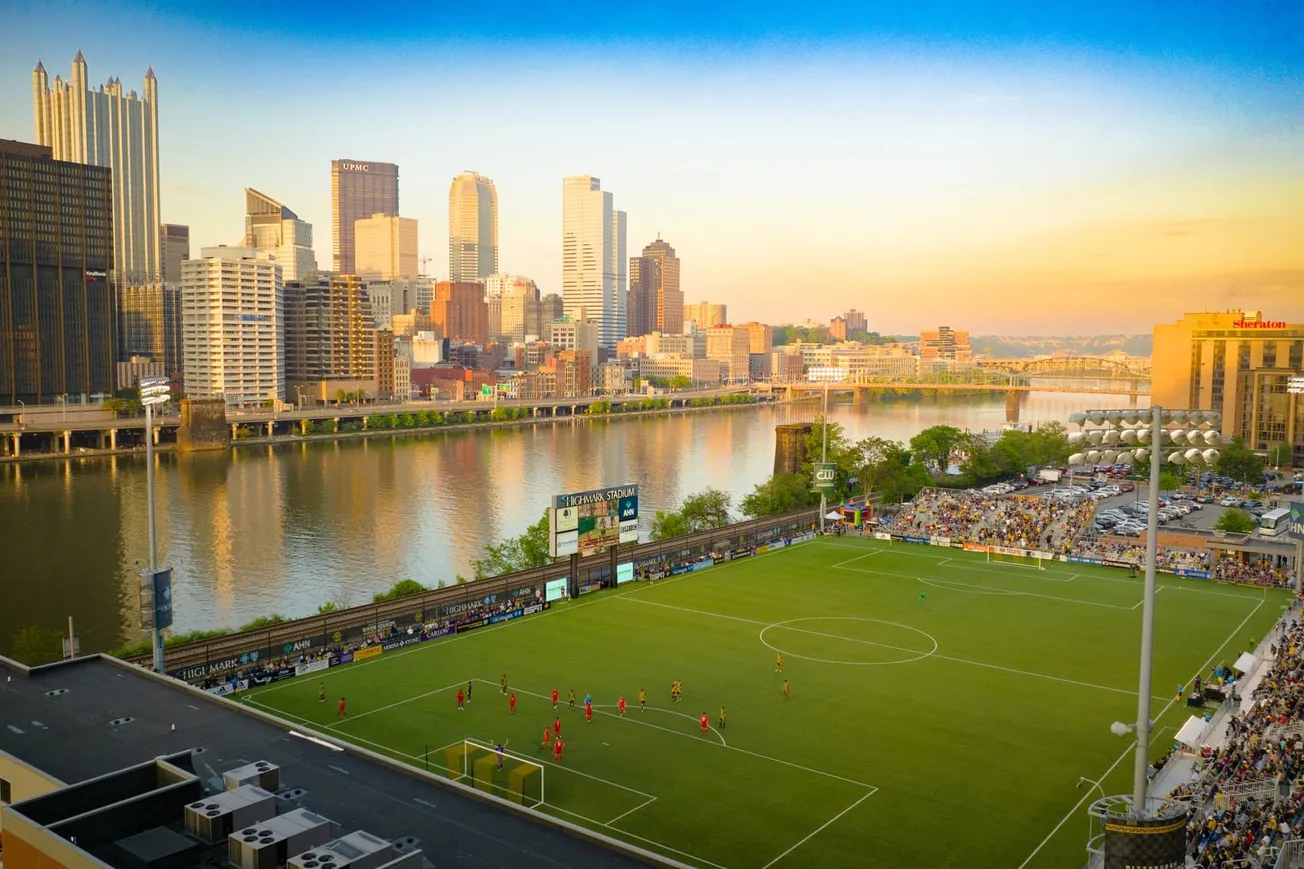Nothing warms a soccer fan's cold heart in the dead of winter like a bunch of changes to the Major League Soccer roster rules.
A little over a month before the 2025 season kicks off, MLS has once again made significant alterations to the rules that regulate how teams get built.
If it seems like MLS just did this, it's true – the league rolled out what it called "significant roster rule changes" in July 2024 when they introduced the choice of two roster construction paths and simplified rules around signing U22 Initiative players.
The highest-level highlights of these new changes for 2025 include: Allowing players to be traded between MLS teams for just cash, not allocation money; giving teams a second possible contract buyout; shifting the summer transfer window's dates later; loosening playing time restrictions for off-roster Homegrown players; letting teams open standard Designated Player slots when loaning out DPs; and setting two dates for teams to declare or change their Roster Construction Models – having either three Designated Players and three U22 Initiative Players, or two Designated Players, four U22 Initiative Players, and $1 million in additional allocation money.
It's a lot to digest. You can read every word of what MLS is doing to its rules here, or you can read on as I attempt to briefly and coherently explain the significance of each new roster rule.
The MLS cash trade market is born
A new channel for player movement between MLS teams opens as the league lets teams spend unlimited out-of-pocket funds, as in cold, hard cash, to trade for other MLS players.
There are wrinkles of course, with this being a new MLS roster rule. Teams can only make a maximum of four MLS-to-MLS cash transfers per year — two incomings and two outgoings max per team.
For salary cap purposes, the cash a team spends to acquire a player via trade gets applied to the player's salary budget charge. So while cash trades can be of unlimited value, that really only applies to trading Designated Players, whose compensation can exceed the maximum salary budget charge, which was $683,750 during the 2024 season.
When a cash trade is made, it can only involve cash — no General Allocation Money allowed, though teams can convert cash they acquire for trading away players into GAM. Don't get confused — GAM isn't going away with the advent of cash trading, it's just now one of multiple ways to move players within MLS.
It already sounds like big-name Designated Players could start moving within MLS for straight cash, as Tom Bogert of GiveMeSport has reported that both Evander of the Portland Timbers and former MLS MVP Luciano Acosta of FC Cincinnati are both good candidates to be traded within the league in all-cash transfers. What's also notable about the cash trades: The MLS Players Association announced that a player will get a 10% cut of the cash a team pays to acquire said player.
GAM is now eternal
Speaking of GAM, it used to be a use-it-or-lose-it commodity. Teams previously had to spend their allocation dollars within three full Transfer Windows or it expired. Now you can hoard your GAM for as long as your heart desires.
The only catch on the GAM front relates to the $1 million in GAM teams receive for choosing the U22 Initiative Roster Construction Path. If they get the $1 million in GAM, teams must spend it within the same league season and by the annual Roster Freeze Date toward the end of the MLS regular season.

Dates set for Transfer Windows, roster model moves
MLS set the dates for its 2025 transfer windows and the summer's Secondary Transfer Window is extending deeper into August in what the league says is an attempt to "better align with the global transfer market." This current winter Primary Transfer Window officially runs from Friday, January 31 to Wednesday, April 23.
Teams get their second window to make player moves between July 24 to August 21, the Secondary Transfer Window as MLS calls it.
Other important dates were set by MLS as it pertains to selecting one of the two Roster Construction Paths. All teams must declare their preferred Roster Construction Path by February 21, the day before the regular season kicks off. Teams additionally now have the window between July 1-August 21, when the Secondary Transfer Window closes, to change their chosen Roster Construction Model, if they're planning on signing or shuffling around their U22 or Designated Players.
Additional contract buyout, DP loan flexibility
MLS teams all now have the ability to buy two players out of their guaranteed contracts per year, up from the one buyout previously allotted.
Also, teams can now open up their traditional Designated Player slots by loaning out a DP and having his new team cover the cost of his entire salary. It used to be that only Young Designated Players and U22 Initiative Player slots were eligible to open due to a player being loaned out – Talles Magno was a Young Designated Player, for example, when NYCFC loaned him to Corinthians.
Cup roster flexibility
If you look at the Club Roster Profiles the league releases for each MLS team, you'll see that certain players signed to Homegrown contracts with their First Team and still 21-years-old or younger get listed at the bottom as Off-Roster (Unavailable).
In 2024, NYCFC had defender Drew Baiera, midfielders Jonathan Shore and Máximo Carrizo, forward Zidane Yañez, and goalkeeper Alex Rando listed as Off-Roster Homegrowns.
They have contracts with the MLS team but aren't holders of Senior or Supplemental roster spots, which means they couldn't appear in matches for NYCFC unless they signed Short-Term Agreements. NYCFC used Short-Term Agreements to call in Carrizo, Baiera, plus NYCFC II midfielder Piero Elias in July 2024 during a summer injury crisis.
The rules changes announced this week make it so that Off-Roster Homegrowns are now eligible to appear in up to six MLS league matches, and, maybe more significantly, they can now make unlimited appearances in Cup competitions.
MLS specified that Cup competitions mean "Concacaf Champions Cup, Leagues Cup, Lamar Hunt US Open Cup, the Canadian Championship, friendlies, etc." You have to wonder what might qualify under "etc." in this case.
What will the changes mean?
Some of the new rules – additional buyouts, letting DP slots open via loans, allowing for-cash transfers – give owners and front offices across MLS more flexibility when they're looking to get out of roster and salary commitments they've made to players.
Cash-for-Player Trades should make it easier to move talent around within the league and the possibility of a 10% cut of a cash sale within the league might be an extra incentive to keep players in MLS who otherwise might have left.
The flexibility now allowed for Homegrown players to make unlimited appearances in Cup competitions should, in theory, help MLS teams lessen their complaints of "fixture congestion" while competing in the US Open Cup and Leagues Cup.
All of the changes make sense enough, though none of the changes feel so big as to drastically alter how MLS does its roster and transfer business. Even the cash transfer market has limits, though it represents the biggest innovation in the latest tweaks in what feels like an eternal process of changing the MLS roster rules.

